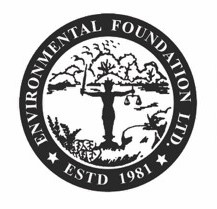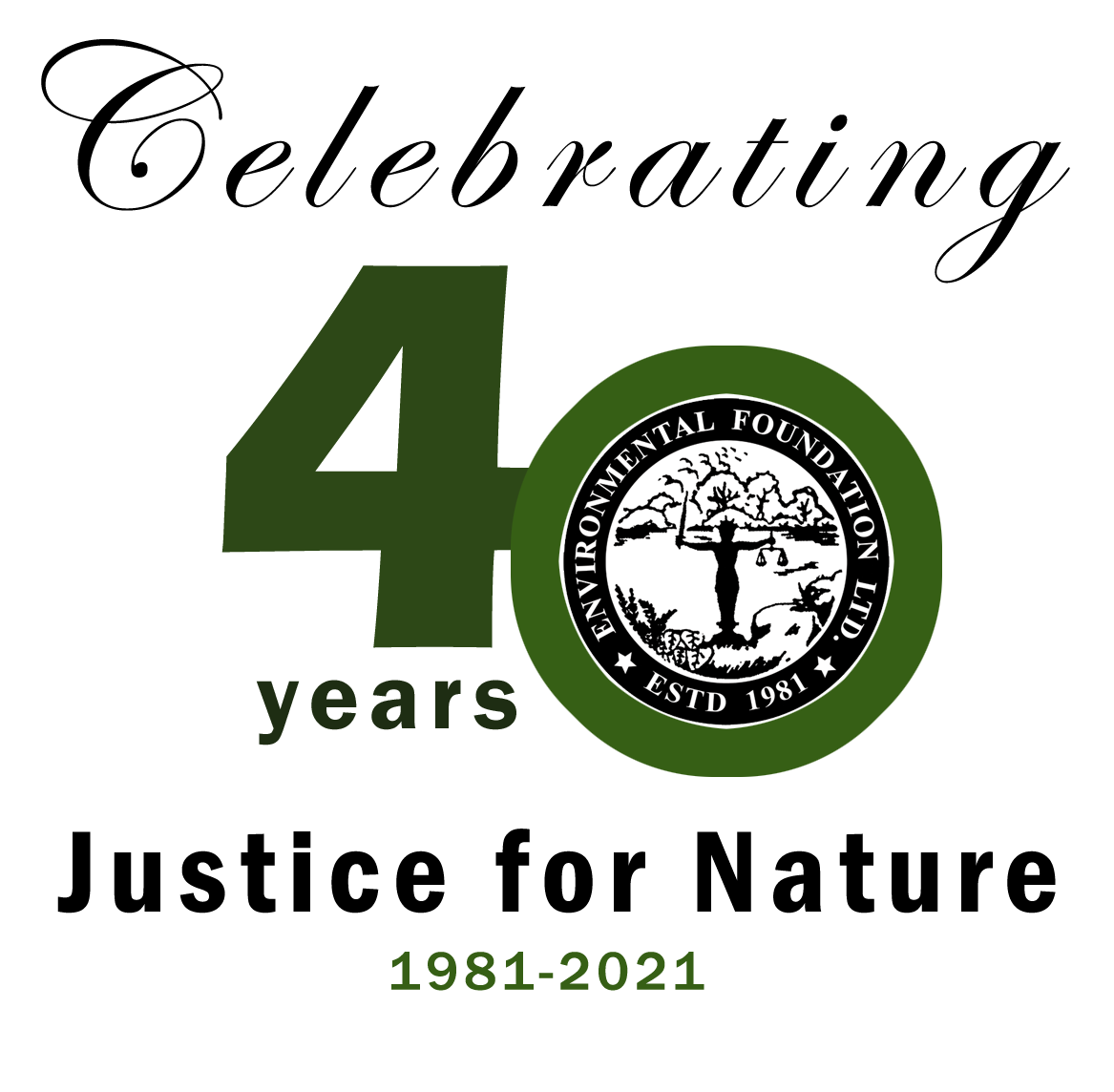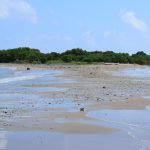Kalapu Andara, Mesquite, or scientifically known as Prosopis juliflora, is a perennial shrub belongs to the legume family, family Fabaceae. Native to Central and South America and the Caribbean region, it has been introduced to Africa, Asia and Australia where it has been naturalized. In 1880 it was intentionally introduced to Sri Lanka as a shade and erosion control tree, in the Hambantota and Puttalam districts. Mesquite is a medium sized tree with an average height about 5m, with an ashy
Alien is a term everyone is familiar with – creatures with long limbs and large eyes come to mind, like E.T. the Extra-Terrestrial from the popular 80s movie. While the existence of extra terrestrial life has been long debated, Sri Lanka is vulnerable to a very real threat from alien species of a different nature. These organisms travel a considerably smaller distance on earth (compared to E.T. from outer space) to colonise Sri Lankan soil and waters. Simply put, an
Sri Lanka may be a global biodiversity hotspot, but national development projects, encroachment for cash crops and expanding human settlements threaten the fragmented habitats that foster a rich variety of rare and endangered species. EFL conducted a pilot study involving a national scale mapping of biodiversity conservation priorities in the light of development goals and socio-economic data. By identifying biodiversity priorities and aligning them with national planning strategies, we can ensure that Sri Lanka’s development does not compromise its rich biological
Maha Oya is one of the largest rivers in Sri Lanka, which flows 128 km across four provinces and five districts. It starts from Nawalapitiya, from the area of Aranayake and falls in to the Indian Ocean from Kochchikade, North of Negombo. More than 1.1 million of population lives by the river, harnessing myriad of benefits from the river for their subsistence and livelihood activities. The Maha Oya provides water for domestic and industrial needs of different communities living
Sri Lanka is blessed with an abundance of water resources, which include 103 rivers flowing radially from the central highlands to various regions of the country. For many of these rivers, watershed areas are located in the central highlands. Watersheds (also known as drainage basins/catchment areas) absorb rain water and feed it into streams that join to form rivers. The abundant vegetation in the central highlands helps rainwater to be absorbed, and is a perfect natural system that
EFL initiated a water policy dialogue for industrial stakeholders, with the objective of identifying key loopholes and deficiencies in existing mechanisms for curtailing water pollution by industries and making recommendations for amendments to existing laws, regulations and procedures at a policy level to ensure stringent, proactive systems of evaluating, monitoring and implementation. The dialogue aimed to encourage the active engagement of industries as stakeholders willing to adopt voluntary standards and preventive measures to protect and conserve the environment. Recommendations from the
EFL has compiled a report detailing its comments on the Supplementary Impact Assessment for the proposed Port City Project. The report notes many flaws and deficiencies in the SEIA such as the absence of strategies for mitigating climate change impacts, lack of consideration of the loss of the historically significant Galle Face premise and insufficient consultation with environmental authorities and agencies for a project of such a massive scale. [mk_button dimension=”three” size=”medium” outline_skin=”dark” bg_color=”#00c8d7″ text_color=”light” icon=”” url=”https://efl.lk/v2/wp-content/uploads/2016/02/EFL-Port-City-SEIA-Comments.pdf” target=”_self” align=”left” id=”Buton ID”
EFL was informed that an area of 25 acres in the wetlands of Boralesgamuwa – Borupana was being used as an open pit for the karadiyana garbage dump. The land used as a garbage dump is adjacent to the Weras Ganga, which flows into Bolgoda Lake. The site currently utilized by the Moratuwa Municipal Council, Mount Lavinia – Dehiwala Municipal Council, Sri Jayawardanepura Kotte Municipal Council, Maharagama Urban Council, Panadura Urban Council, Kesbewa Urban Council and Boralegamuwa Urban Council. It is managed by the Western
EFL conducted a site visit to Koskulana on the 14th of December 2015 to investigate the environmental impacts posed by a mini hydro power plant constructed on the banks of the Koskulana River, located in the buffer zone of the Sinharaja Forest. In addition to the extensive environmental damage caused by the construction of the weir and powerhouse, EFL was able to confirm discrepancies between the Initial Environmental Examination (IEE) and the implementation of the project. Download the full report here.
Environmental concerns have come to the forefront of global issues in recent years and the world has begun to move towards more sustainable methods of meeting the energy requirements of the growing population. As an island nation rich in natural resources Sri Lanka has the potential to engage in the generation of power through solar, wind and hydro energy. With the encouragement of the relevant government authorities’ Sri Lanka has seen a rise in the contribution of sustainable energy





